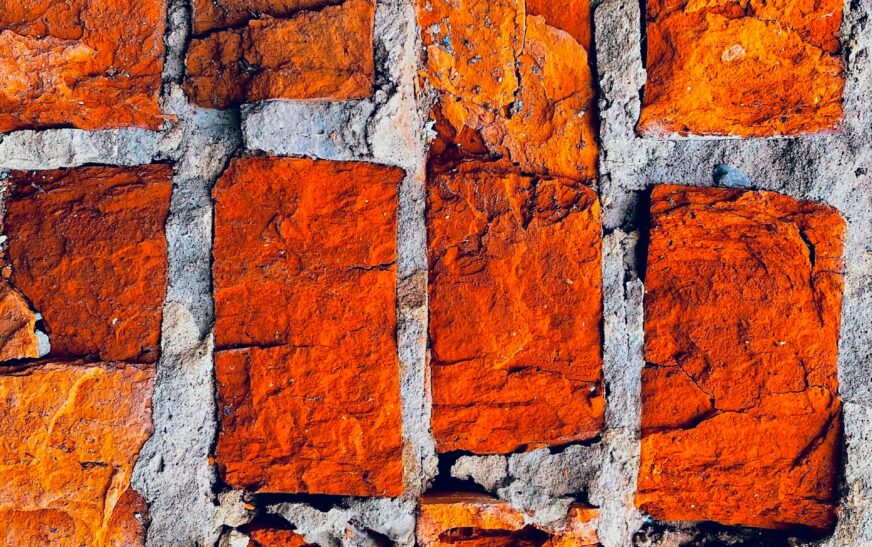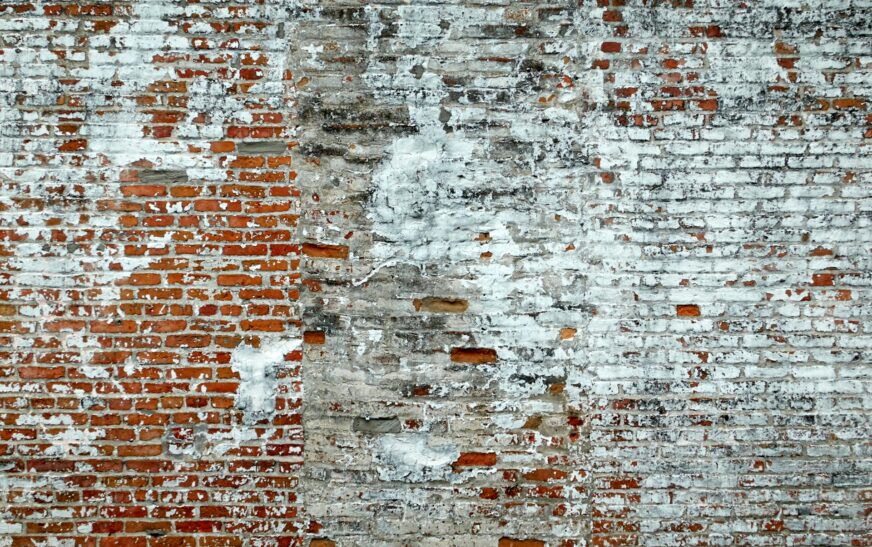Painted brick might seem charming—until it starts chipping, fading, or hiding the beautiful texture underneath. Whether you’re restoring a vintage fireplace, reclaiming the original look of a brick wall, or simply reversing a past renovation decision, learning how to take paint off of brick is more than just a weekend project—it’s a process that requires precision, patience, and the right tools.
How to take paint off of brick
So how do you strip away the layers without damaging the natural integrity of the brick beneath?
Let’s dive into a tried-and-true approach that balances effectiveness with care.
1. Understand Your Brick First
Before you reach for a paint stripper or a power washer, take a step back and evaluate the condition of the brick itself.
Ask yourself:
- Is it older, historic brick (pre-1930s)? These tend to be softer and more absorbent.
- Is the paint peeling, thick, or deeply set into the mortar lines?
- Are you removing just one coat—or multiple layers applied over the years?
This assessment is crucial. Brick is durable, but it’s not indestructible. An overly aggressive method can scar or even crumble it.
2. Begin with a Mild Method (Always Test First)
You might be tempted to go in full force, but the gentlest method should always be your starting point.
Mix warm water with dish soap and use a stiff (non-metal) brush to scrub a small section. While this won’t strip thick layers of old paint, it’s perfect for testing how easily the paint loosens—and it helps identify sections where a chemical solution might be more effective.
3. Use a Brick-Safe Paint Remover
For most projects, a gel-based paint remover specifically formulated for masonry is your best bet. These products cling to uneven brick surfaces, allowing the chemical to break down layers of paint over time.
Steps:
- Apply generously with a paintbrush or roller.
- Let it dwell—some need hours, others overnight. Read the label carefully.
- Scrape gently with a plastic scraper or putty knife once the paint softens.
- Rinse thoroughly with water to remove residue.
Avoid household strippers intended for wood or metal—they often contain harsh solvents that damage porous surfaces like brick.
4. Consider a Poultice for Delicate Areas
A paint removal poultice works wonders for detailed brickwork or stubborn spots. It combines a chemical stripper with an absorbent material (like clay or fiber). Once applied, it soaks into the paint and lifts it out as it dries.
This method takes more time but is highly effective—and less invasive than sanding or blasting.
5. Pressure Washing: Proceed with Caution
Many homeowners default to pressure washing, but on brick, it’s risky business.
If you choose this route:
- Use low pressure (under 500 PSI).
- Keep a wide fan tip and maintain a consistent distance.
- Never linger in one spot—this can erode the surface.
Pro tip: Combine with a chemical stripper to avoid prolonged exposure to high-pressure water.
6. What NOT to Do
To truly protect your brick, avoid these damaging mistakes:
- Don’t sandblast or grind. These methods destroy the outer shell of brick, leading to long-term water damage and spalling.
- Skip metal brushes. They scratch and scar the surface, often irreparably.
- Never rush the process. Removing paint from brick is slow, layered work. Patience is key.
7. Post-Removal Cleanup & Care
After the paint is gone, flush the surface with clean water. Let the brick dry completely, which may take up to 48 hours depending on the weather and ventilation.
Consider applying a breathable masonry sealer if the brick will be exposed to moisture. This helps maintain its raw aesthetic and prevents future staining or damage.
Read More : How to Remove Paint off of Brick
Final Thoughts: How to Take Paint off of Brick Like a Pro
Stripping paint from brick isn’t just about aesthetics—it’s about honoring the material’s natural form. The process requires a blend of chemistry, technique, and respect for the brick’s history.
In the end, it’s not simply about removing color. It’s about revealing character—layer by layer, with care and precision.










